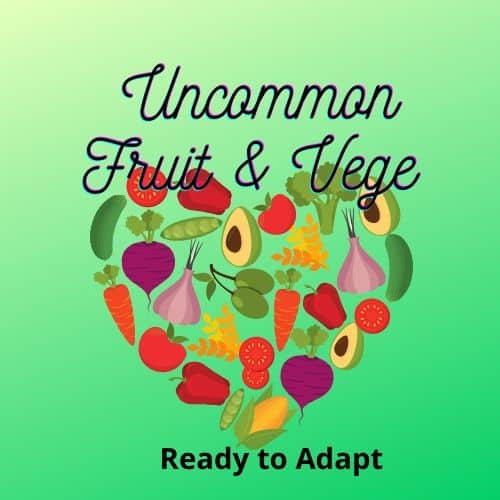
I came to know about Permaculture about 20 years ago give or take, and the one thing I have learned in all that time is that I know nothing. Now when I say I know nothing that is what I mean is that I never stop learning. As a nurse, it is ingrained into my psyche to continually learn. We are forced to do a minimum of 20 hours of study each year to remain current and up to date in the health field. Now imagine what we could do if we applied this same minimum to other areas of our lives, like gardening or permaculture.
What I have found is that starting where you are is the best option. That means that you build on your current knowledge and skills. It means that you can jump in and get your hands dirty or you can just grow one potted plant. It also means that you can take a quick course, read a book, watch a video, or even interact with like-minded people and those who have been on the journey longer.
Traditionally most permaculture courses focussed on landscape design but didn’t do much to help you gain an understanding of the sustainability aspects or navigate the complex social circumstances that surround any attempt at sustainable or regenerative living. And those who have completed the design course were encouraged to go do designs for others at a fee or teach at a fee. Very few made an income and tended to head off back into the traditional workforce or form insulated communities in specific areas.
This seems to be changing now with some offering different aspects of social ethics, building community, and shaking off the hippy or lazy image that permaculture once had. There is now a broad range of offerings and attempts to educate on a variety of levels including the arts. This can only be good for the Permaculture Community as a whole but it still fails to hit a home run in terms of reaching those who simply want to learn more about the basics of Permaculture and how they can be applied at the home scale rather than the traditional Permaculture Design Certificate (PDC).
Permaculture has three ethics. They are centered around caring for the earth which put simply includes regenerative practices and not polluting our landscape. The care of People is a little less easy to break down into a simple statement as it can be very ambiquous and means different things to diffierent people. Likewise the idea of Fair Share or Sharing of Surplus has been an area of much discussion over the years and to a large extent still is.
Ethics are a funny thing. They are very personal and open to interpretation. Much has been written about the permaculture ethics not least by its co-founders David Holmgren and Bill Mollison. All writers bring to their writing their own thoughts, feelings, understanding and all writing is filtered through our own life experiences and knowledge. But how does this help you to use permaculture at home?
Put simply, Permaculture on a Home Scale can be as little as understanding the basics of design including how to stack functions to reduce work or it can be the whole enchilada. The choice is yours but for Permaculture to work in your home setting you must consider your goals, ethics and the amount of effort you wish to expend to get there.
Our Design it Yourself Permaculture E-course is specifically aimed at those who want to know more about how they can design for themselves. It is not intended to be all-encompassing nor will it make you a qualified designer. Rather it gives you the tools over a 12 week period to build a concept design for your own property. We give you a taste of the reasons for using this type of scientifically based design to ensure your garden has the best opportunity to shine.
You will learn the importance of Integrated Pest Management, Sun Angles, Water Management that takes advantage of the best and worst attributes of your land. Learn to make Ollas and wicking beds. What to plant and when. We have it all covered and available to you over a 12-week email-driven course. You will be supported by others and encouraged to get out into nature to learn what the weeds are telling you among, to read your landscape and discover patterns that will assist in reducing workload, create beauty and many other things.
What are you waiting for? Jump right in – you have nothing to lose and everything to gain.


